The Yuletide Taste Of The Summers Of Yore
Nestled somewhere not-so-deep in the mythic Laurentian mountains just north of Montreal was a roadside fry shack I knew long ago. A short drive from the family cottage when I was a kid, it was a place of sweet summer magic. The kind where you happily eat at sun-scorched, slightly sticky picnic tables, where the burger buns are oven-baked country clouds, and where every small, hot paper bag glistens with grease as an unspoken, yet golden rule. This was where the weekend really began, where we’d stretch out those road legs with a belly full of all-dressed dreams, and where a young lad found a forest in a can one day, and never looked back.
Over three decades have passed but I was informed by a dear cousin not long ago that, like many a great pilgrimage site, it’s still there. A true example of the type of small, Québécois, local diner we call a casse-croûte in French, Chez Claudette, in Sainte-Marguerite-du-Lac-Masson, is where I lost my mind as a kid. Three times.
The first time was at the hands of poutine. Much has been made and written of this pillar of provincial pride and I won’t get into it here. I will, however, insist that if you want the full experience, the realest deal of them all, whether you’re a newbie or a seasoned poutiner, get your ass to the countryside.
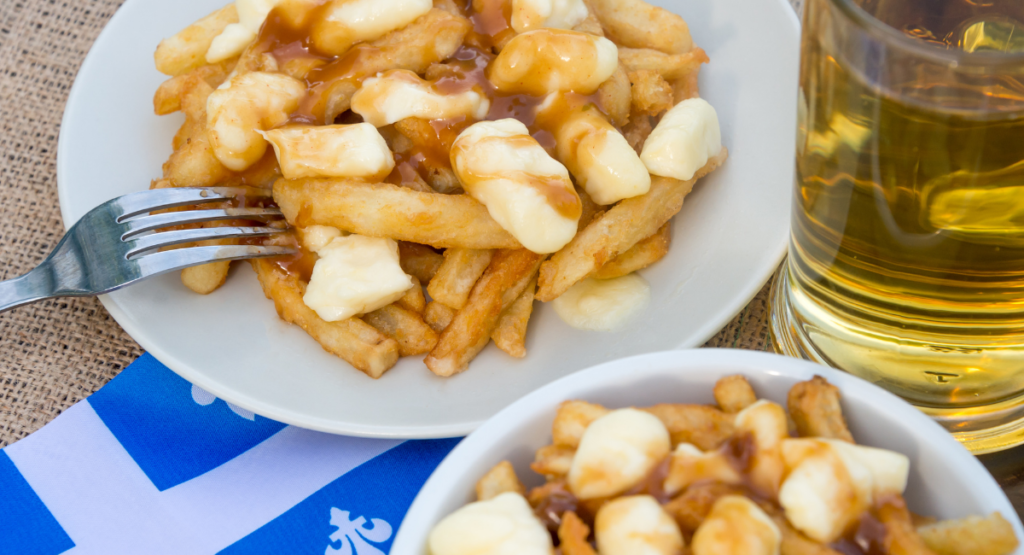
Maybe it’s the fresh mountain air or the ambient woodland vibes, but the cheese is squeakier (and then stretchier), the brown sauce graced with an extra dose of piping hot love and mystery, and the fries border on downright candied. My first poutine was such a one, and it has never met its match.
Next was the Michigan hotdog. WTF. My eight-year-old self had no idea that such a thing was even allowed. It felt naughty, nay, criminal. Meaty spaghetti sauce ladled over a postcard-perfect steamé and then sprinkled with chopped onions? Yes, please. Mind blown twice.
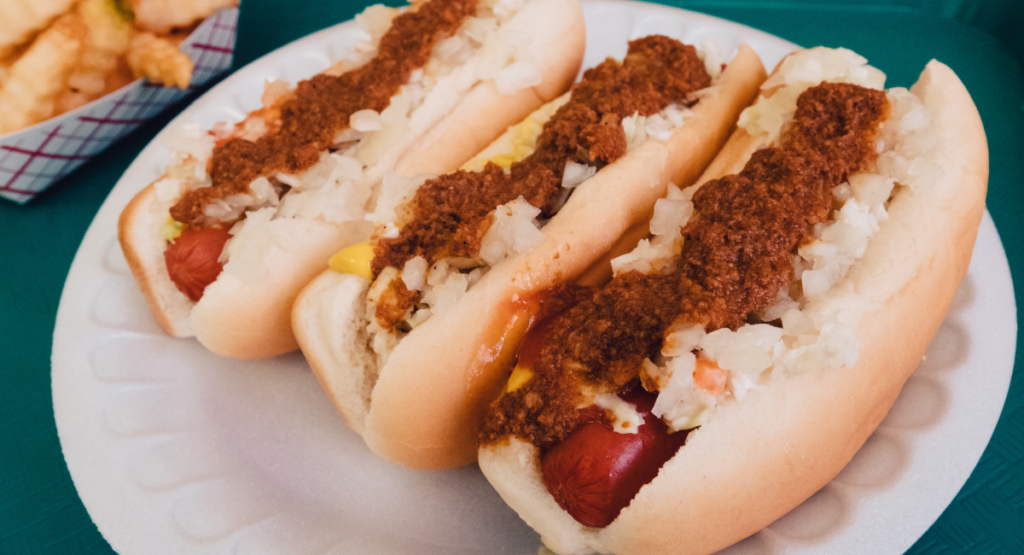
Something to wash all the junky jewels down with? This brings us to the libation of the hour.
Unloose The Spruce
One fine day at the casse-croûte, I decided to tune out all the mainstream soda noise and select something decidedly off-trail. I’d heard about this arcane drink, indeed seen it on grocery store shelves, but I didn’t understand how a pine tree could be bottled or canned for one’s sugary pleasure. It had to be sampled. So I went ahead and, probably against the advice of family counsel, ordered myself a bière d’épinettte, aka spruce beer. Mind blown thrice.
With the cracking open of an ice-cold can, Christmas sprayed out in every direction, each bubble a tiny delivery system of coniferous joy. It truly was a sodafied pine tree and all I was missing were the decorations. Maybe it was the Nordic blood flowing in my little veins, but this boreal beverage had a hold on me, and despite my loved ones’ perplexity at how I could drink the stuff, on my subsequent visits to the casse-croûte I was known to unloose the spruce as a matter of course. Good times.
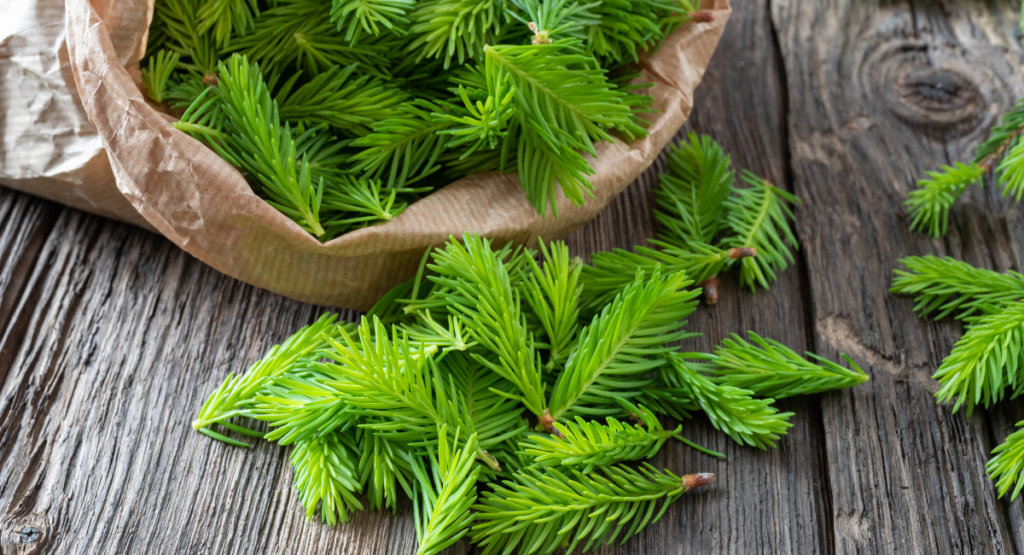
Deep Roots And Evergreen Tales
Admittedly, we’re talking about the big box stuff here, and it goes without saying that the story of spruce beer doesn’t begin and end on the factory floors of President’s Choice, Crush, and the like. Far from it. So, let’s take a brief walk in the woods now, shall we, and find out a little more about the real-deal roots of this love-it or hate-it, evergreen drink.
The Prussian Effect
First, some etymological fun. The term “spruce beer” showed up in the English language somewhere around 1500, and it was originally in reference to a place rather than a tree. The English imported a beer from northeastern Germany at the time called sprossen-bier (“sprouts beer”) which was flavoured with coniferous shoots. Instead of adopting the German term, however, they went with the similar-sounding “spruce”, which back then was another word in English for Prussia, the region that exported the beer in question. That’s right, “Prussian beer”.
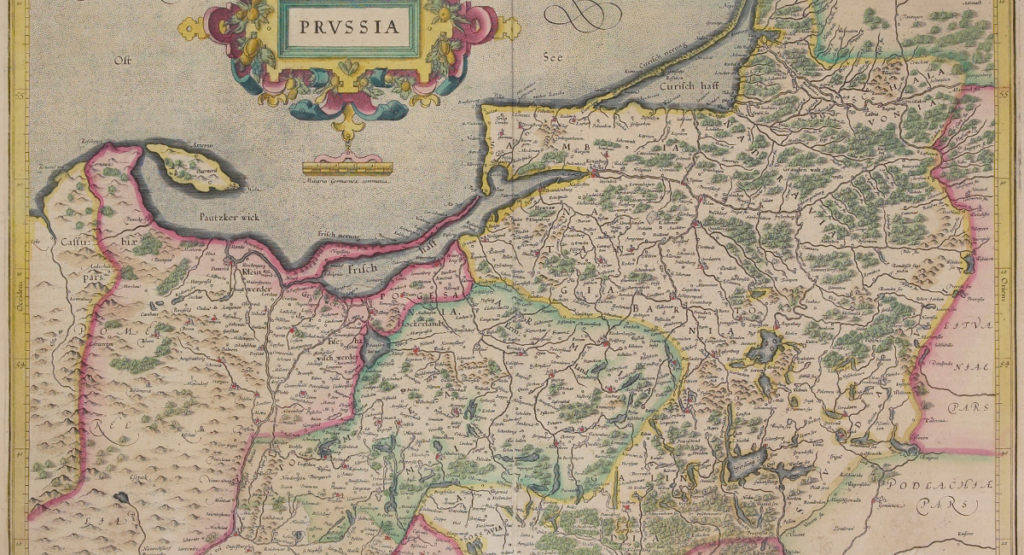
The tree itself would later be named “spruce” in the 17th century as it too was identified with Prussia and believed by the English to have originated there. So not only was spruce beer not named after the tree, it’s a term that actually predates the tree’s designation by some time. Spruce beer was thus spruce beer before the spruce tree was a spruce tree and both were named after Prussia. Got it?
While we’re at it, the adjective “spruce”, meaning neat and smart in appearance, and the source of the expression “spruce up”, is likely a reference to “spruce leather”. Imported to England from Prussia in the 1400s and 1500s, this type of leather was known to be quite popular with fashionistas of the time, namely Tudor dandies.
The Nuts And Buds
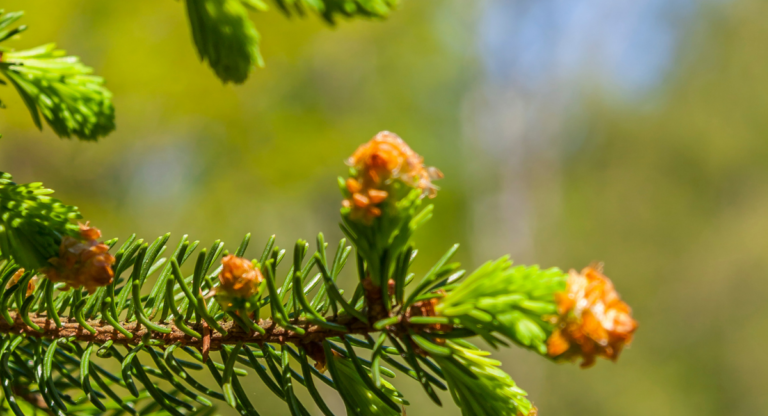
So what is spruce beer? Basically, we’re talking about the buds, shoots, needles, or essence of the spruce tree, boiled and fermented by the addition of sugar – historically often molasses – and yeast. Grains were sometimes used in the past but were often not even part of the equation, their sugar-yielding job done by the molasses, while the spruce acted very much along the lines of hops.
There are over 35 varieties of spruce, many of them associated with brewing, yielding an array of flavours from resinous to citrusy, floral, and even cola-like. And to be clear, spruce beer refers to both alcoholic and non-alcoholic versions. To make things less clear, it also refers to malt-based beers that are flavoured with spruce. There’s much more to it all, but them’s your nuts and bolts.
Epic Beer Squirrels Of Finland
Now back to that mention of my Nordic blood pining for a draught. Much to my delight, spruce as a brewing ingredient is referenced in the Finnish national epic, The Kalevala. A work of mythic poetry rooted in rich oral traditions stemming back centuries, it famously inspired none other than J.R.R. Tolkien as he went about building Middle Earth.
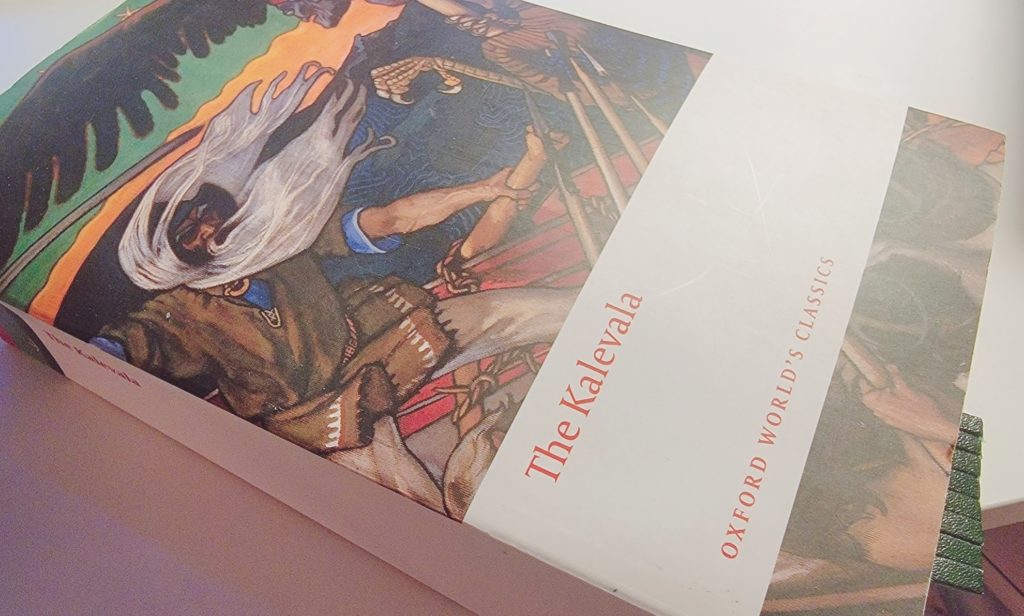
In rune XX of The Kalevala, a splinter of birch is transformed into a magical white squirrel who is then sent out to gather spruce cones and pine shoots to be used in an attempt at fermenting an enchanted brew made by Osmotar, the beer-smith, basically the Finnish goddess of suds.
Brewed for the wedding between Ilmarinen, the Eternal Hammerer, and the daughter of Louhi, the witch queen of the North, the beer would also contain honey gathered from a far-away island by a magic bee, as well as the foaming spittle from the mouths of angry bears. Awesome. Ok, not quite sure about the spit but the stuff was apparently a hit; pretty sure Gandalf would have approved.
Scrapping With Scurvy: From Vikings To Cartier And Iroquois Tea
The Nordic penchant for brewing with spruce goes beyond the mythical of course. According to the Oxford Encyclopedia of Food and Drink in America,
“Ancient Scandinavians and their Viking descendants brewed beer from young shoots of Norway spruce, drinking the beer for strength in battle, for fertility and to prevent scurvy on long sea voyages.”
Goes great with pogos too. I know, not quite the same stuff, but still…
Speaking of scurvy, over on the other side of the pond in North America, Indigenous peoples had been tapping into the antiscorbutic properties of coniferous trees for some time before Jacques Cartier and his boys showed up. In 1536, while wintering in Stadacona, Cartier’s expedition was hit with a bad bout of the disease. To their rescue came the local Iroquois, who treated them with a tea-like concoction made from the bark and tips of a regional conifer they called aneda, likely northern white cedar. The surviving crew apparently recovered in a matter of days.
Captain Cook And Vitamin C
Over the centuries, European settlers, armies, and explorers would exploit the health-promoting, allegedly scurvy-thwarting virtues of evergreen trees, but through the medium of beer. For example, spruce beer was standard issue for soldiers of the British Army in North America during the French and Indian War (1754-1763) to keep them in fine fettle.
Captain James Cook, arguably spruce beer’s most traveled brewmaster, adopted it as a staple for his crews on his voyages in the Pacific, notably brewing it while in New Zealand. In his 1784 work, Voyage to the Pacific Ocean, Captain Cook underlines the importance he placed on the drink:
"Two of our men were employed in brewing spruce beer; while others filled the water-casks, collected grass for the cattle and cut wood. ... Besides fish, we had other refreshments in abundance. Scurvy-grass, celery and portable soup were boiled every day with the wheat and pease; and we had spruce beer for our drink. Such a regimen soon removed all seeds of the scurvy from our people, if any of them had contracted it. But indeed, on our arrival here, we only had two invalids in both ships."
Although modern-day research casts doubt that the vitamin C in spruce would have survived the fermentation process in any significant way with respect to scurvy, Captain Cook & Co. were convinced. Maybe they added some spruce tips after fermentation, or maybe they were chewing needles on the side. Don’t know, wasn’t there.
Les Maîtres Brasseurs
Back in North America, 18th century Nova Scotians, New Englanders, and Dutch New Yorkers all had spruce beer brewing traditions, but it was the French Canadians of New France who were the true sprucemasters. It seems that flavour and enjoyability were abiding concerns in their craft. For instance, they not only boiled spruce branches and buds while brewing, they made use of spruce cones as well for some added complexity. While spruce beer was often brewed without grain in those days, they would throw in some grilled barley, wheat, or corn, even burnt toast to get more of a classic, malty taste.
The most common sugar used for kickstarting fermentation of spruce beer at the time was molasses, but the French Canadians used, you guessed it, maple syrup or maple sugar. I’d bet the farm that this took the flavour factor up a few tasty notches. Finally, when it came to serving, les Habitants scored here as well. Bottled spruce beer was kept in cellars which they filled with ice and packed snow in the winter to keep things cold year-round. This meant a frosty one even in the middle of July.
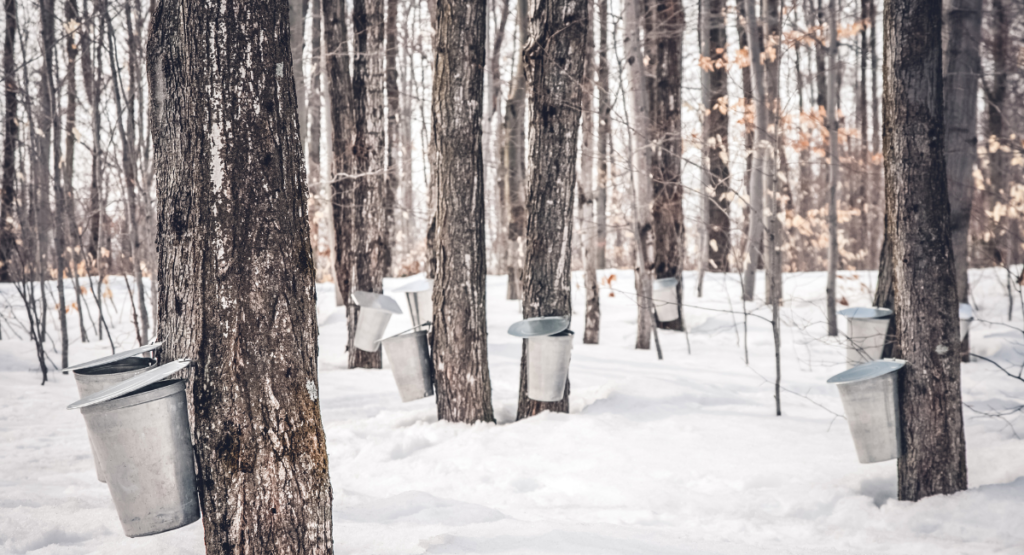
The love and attention brought to brewing bière d’épinette would persist into the mid-20th century, when home brewing of the iconic drink remained quite popular in Québec. It was common at this time for folks to make a batch of their own supply, often in the bathtub – which was left smelling pine-fresh after the process, one hopes. The bottled product was then brought to the roof to ferment in the sun, and the brewer knew it was ready when the bottle-tops started popping off. Old. School.
Movers & “Resinators”
Fast forward to these days. A few northern stars are shining a light and keeping the old ways alive in Québec, although we’re generally talking more about the soda side of the street. One standout is legendary poutine shop Paul Patates in the Pointe-Saint-Charles neighbourhood of Montreal, which features a couple of beloved classics based on a secret recipe passed down through generations. Check this out for more details.
Other devotees making use of spruce are the good people at La P’tite, also in Montreal, who brew up an “authentic taste of the wilderness” that comes in three versions: White Spruce, Balsam Fir, and Black Spruce. Love it.
Holding the fort on the spruce beer front for some time has been Marco sodas. We at the Hungry Herald used to love their spruce and birch beers in swing cap bottle format, but we sadly don’t see those around much these days. Unrelated to that but interesting nonetheless, the company went under a few decades ago when parents discovered that the soda their kids were drinking had an alcohol content on par with a light beer. Oh, how my weekends at the cottage would have been different had I gotten my little paws on that stuff. The company was taken over by new owners in the 1990s, however, and has been going strong ever since.
On the boozier side, intrepid craft brewers can be found all over who look to the Christmas tree for inspiration, some even using history as a guide. The Yards Brewing Company in Philadelphia, for instance, makes a spruce ale based on Benjamin Franklin’s personal recipe. As mentioned in a previous post, Mr. Franklin was also known to dabble in pumpkin ale in his free time.
Speaking of famous homebrewers of spruce beer, another luminary was Jane Austen. In fact, she didn’t just specialize in the stuff, she mentions it more than once in her novel, Emma, as well as in her correspondence with her sister Cassandra:
“It is … I that have the great cask, for we are brewing Spruce Beer again.”
If, like Jane, you find yourself brewing spruce beer again, or you’re doing it for the first time, there are people out there who have devoted themselves to making it happen. Spruce On Tap are wizards in the realm of evergreen brewing supplies, and although they only deliver in the US, they work with various importers to get you what you need if you’re brewing up in the Great White North.
Brewing suppliers are always an option, but you may also want to consider foraging for your own ingredients if possible, undoubtedly the most rewarding approach. There are many home brewing sites out there to help you out, Kegerator.com being a great example, offering helpful, spruce-specific tips.
And if you thought we’d leave you without some killer brewcommendations, think again. Here’s a list of 100 products from all over the place, some discontinued but still, an extensive sample. Special shoutout to Kees Brewery in the Netherlands for naming their limited edition product “Spruce Willis”. Now I’m thinking of maybe brewing my own and calling it Spruce Lee. Watch out.
It’s That Pine Of The Year Again
We have, of course, only touched the very tip of the tree in this post, but I hope the next time you see that big plastic bottle of the generic stuff at the store, you’ll know there’s a whole wilderness out there ready to explore. If, however, that big bottle is precisely what you’re after, knock yourself out, I get it.
And so, dear readers, if you’re looking to diversify your stocking stuffer portfolio at the last minute this year, or you just want to kick back with a cold one and sip in the tide of Yule, this sparkling, deep-wooded brew, boozed or un-boozed, should be on your list. If you hate the stuff and just want me to shut up, that’s jolly cool too.
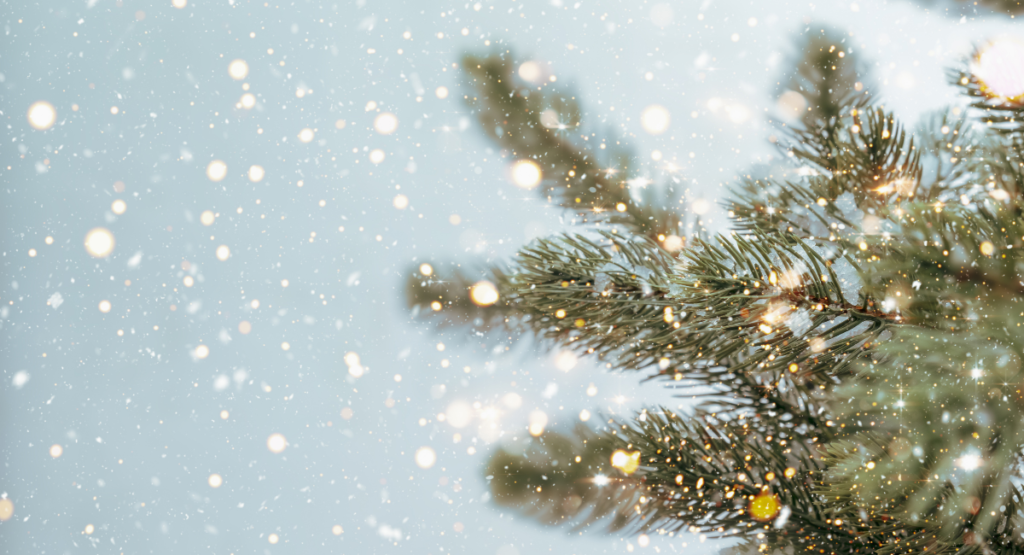


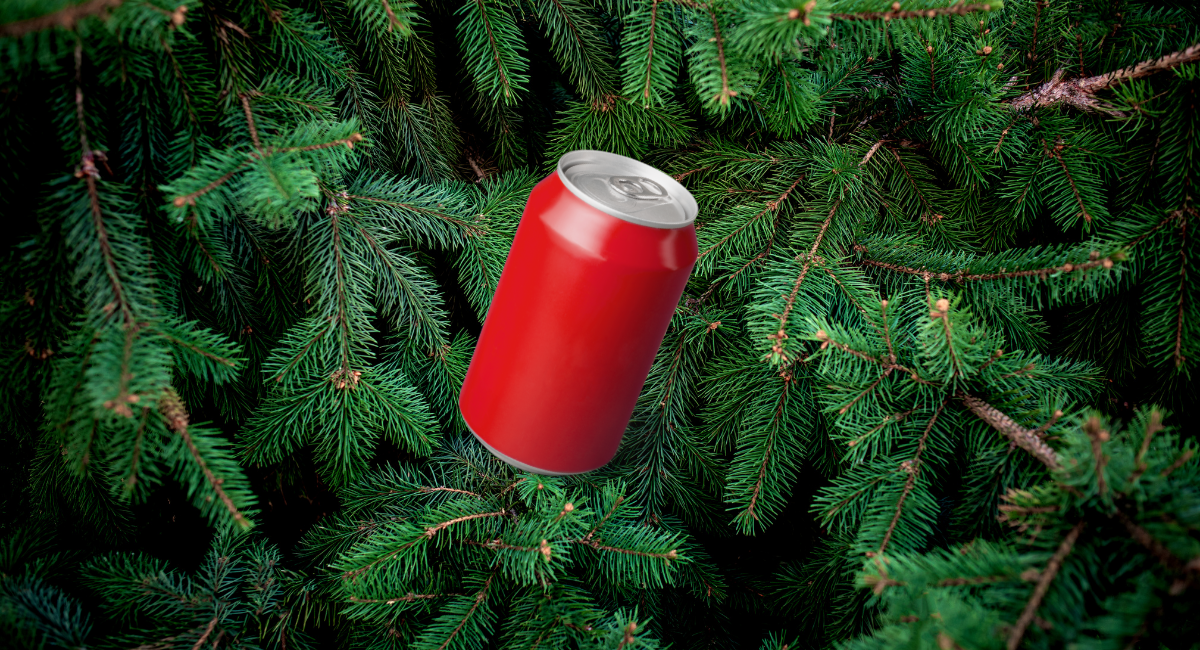
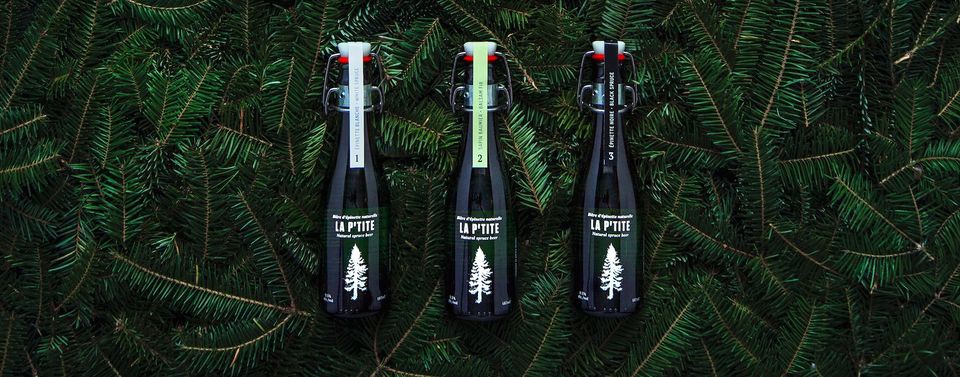
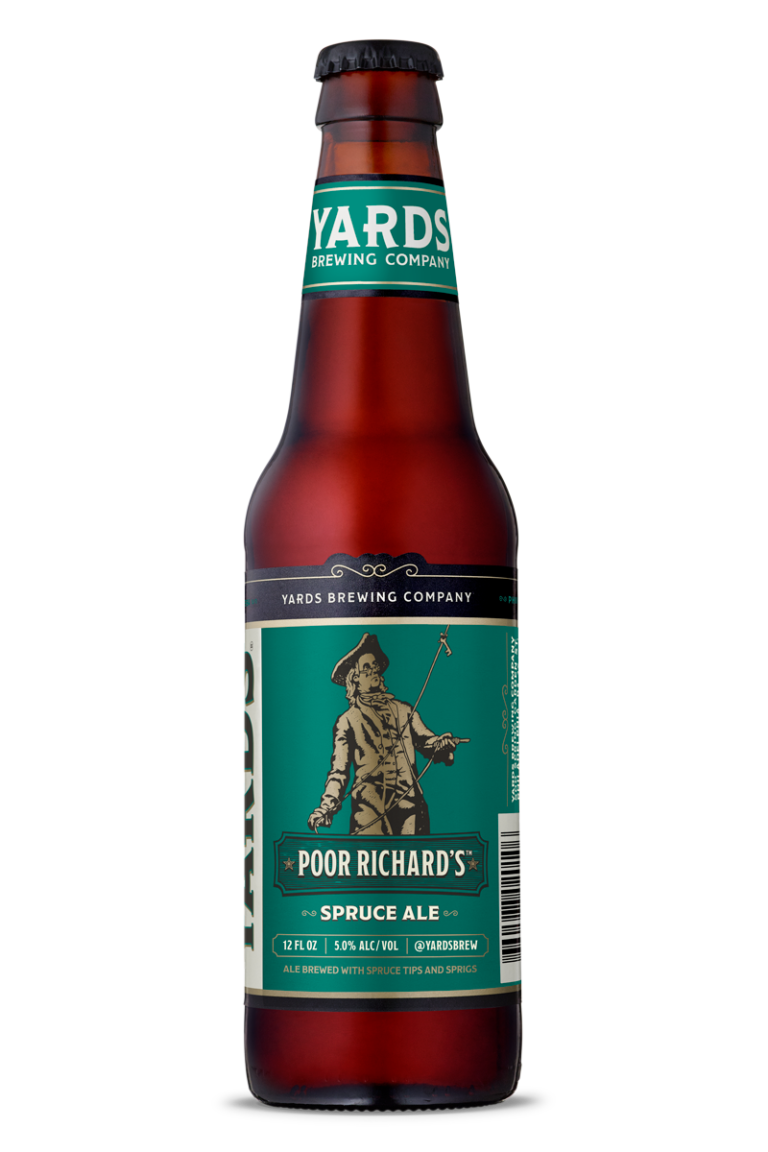



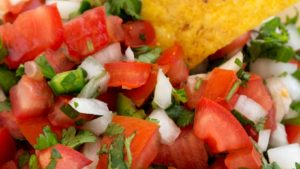




2 Comments
Vraiment un survol historique que je ne connaissais pas de cette boisson que mon père aimait particulièrement et qu’il nous a fait connaître. Un passage qui m’a fait bien rire
“in the Netherlands for naming their limited edition product “Spruce Willis”. Now I’m thinking of maybe brewing my own and calling it Spruce Lee. Watch out.
Good job Michael. Loved it.
Mille mercis Ginette pour ton message qui a mis un sourire sur nos lèvres et du soleil dans notre coeur! Cheers et big hugs!